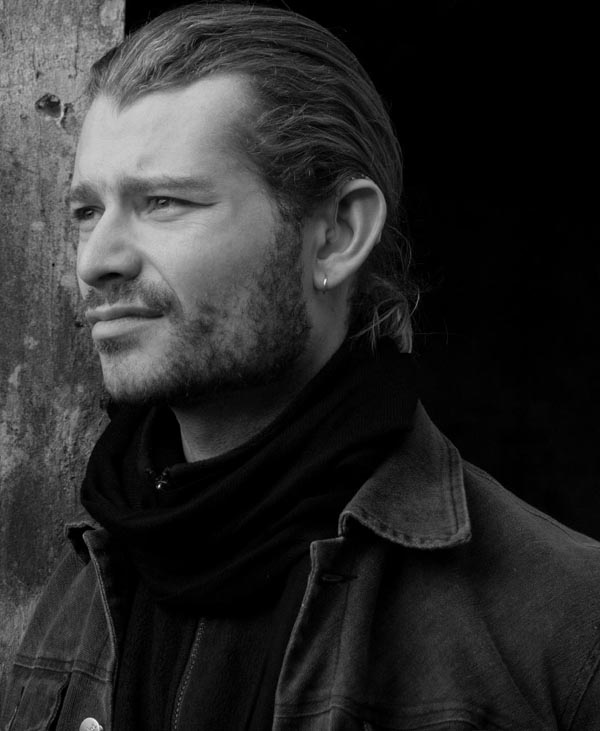
I decide to get a taste of real Spanish culture by visiting a local Bull fight in Sevilla. I was having a hard time deciding if I should go or not as the events is perceieved as a negative immoral issue especially with the death of the Bull at the end however I made my mind as it was something that I will never see again and it's something once in my lifetime. Please note the following text is from the internet and gives you an idea behind the bull fights in Spain.
Above all else, Spain is know for its corridas or bullfights. Viewed by most as a cruel and torturous act, the Spanish believe it to be a highly skilled art form that requires courage, valor, technique, and the ablity to fit into a tight gold suit and wear pink socks. They wear neat hats, too.
The season lasts from early spring until around mid-October. Fights are held in a plaza de toros (bullring). Tickets fall into three categories, and prices are based on your exposure to the sun: sol (sun) is the cheapest; sombra (shade) is the most expensive; and sol y sombra (a mixture of sun and shade) falls in the medium-price range.
Bull cults have existed since the beginning of man. Many civilizations revered them and the bull-cult at the Greek Island Creta is well known. The Bible reports bull sacrifices in honor of the divine justice. Bulls also played an important part in the religious ceremonies of the Iberian tribes during prehistoric times.The origins of the Plaza, or bullring, probably are not the Roman amphitheaters, but the Celt-Iberian temples where those ceremonies were held. In the province of Soria, close to Numancia, one of them is conserved and it is supposed that their bulls were sacrificed to the Gods. While the religious cults to the bull go back to Iberians, it was the Greek and Roman influences that converted them into a spectacle.
Ernest Hemingway wrote in Death in the Afternoon: The bullfight is not a sport in the Anglo-Saxon sense of the word; that is, it is not an equal contest or an attempt at an equal contest between a bull and a man. Rather it is a tragedy: the death of the bull, which is played, more or less well, by the bull and the man involved and in which there is danger for the man but certain death for the bull.
The corrida begins with a parade. For many viewers, this may be the high point of the afternoons festivities, as all the bullfighters are clad in their trajes de luces, or very tight gold suits with pink socks.
Bullfights are divided into thirds called tercios. The first is the tercio de capa (cape), where the matador tests the bull with various passes to get acquainted with his opponent. The second, the tercio de varas (sticks), begins with the lance-carrying picadores on horseback, who weaken, or punish, the bull by jabbing him in the shoulder and neck to break muscles. At times the horses are gored, even though they wear protective padding, or the horse and rider might be tossed into the air, like an irritating leprechaun, by the now-infuriated bull. The picadores are followed by the banderilleros, whose job is to decorate the bull by puncturing him with pairs of boldly colored darts.In the final tercio de muleta, the action narrows down to the lone fighter and the bull. Gone are the fancy capes. Instead, the matador uses a small red cloth known as a muleta, which, to be effective, requires a bull with lowered head. (The picadores and banderilleros have stabbed the bull sufficiently to achieve this) Using the muleta as a lure, the matador wraps the bull around himself in various passes, the most dangerous of which is the natural; here, the matador holds the muleta in his left hand, the sword in his right. Right-hand passes pose less of a threat, since the sword can be used to spread out the muleta, making a larger target for the bull. After a number of passes, the time comes for the kill, the moment of truth.
After the bull dies, the highest official at the ring may award the matador an ear from the dead bull, or perhaps both ears, or ears and tail. For a truly extraordinary performance, the hoof is sometimes added. Spectators cheer a superlative performance by waving white handkerchiefs, imploring the judge to award a prize. The bullfighter may be carried away as a hero, or if he has displeased the crowd, he may be jeered and chased out of the ring by an angry mob. At a major fight, usually six bulls are killed by three matadors in one afternoon.
Source:
http://www.discoversevilla.comPlease note that I have taken some photos of the bull fights however they are very graphic and unsuitable for younger viewers. If you want to see them, please click on Scot's Photo Album #1 on the left hand side and then proceed to click on the Bull Fights in Sevilla. By doing so, you are viewing these photos at your own risk.
 The coast line of Mui Ne is located 30 km east of the provincial capital city of Phan Thiet. Taking a taxi or motorbike ride through the area allows anyone to see endless resorts with unlimited white sand beaches and coconuts trees filling the views. It's like a scene from a hollywood movie with breathtaking landscapes with good looking people in their swimsuits walking the shore lines.
The coast line of Mui Ne is located 30 km east of the provincial capital city of Phan Thiet. Taking a taxi or motorbike ride through the area allows anyone to see endless resorts with unlimited white sand beaches and coconuts trees filling the views. It's like a scene from a hollywood movie with breathtaking landscapes with good looking people in their swimsuits walking the shore lines.




































